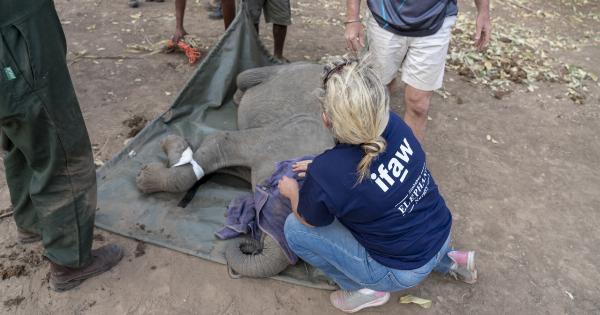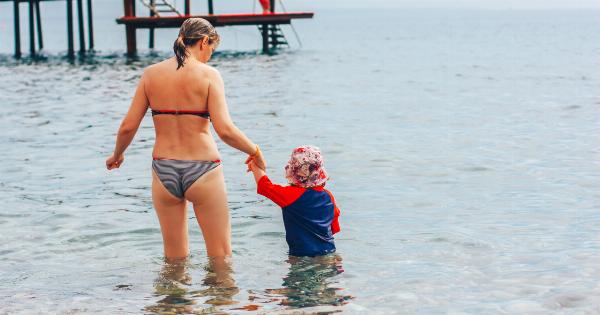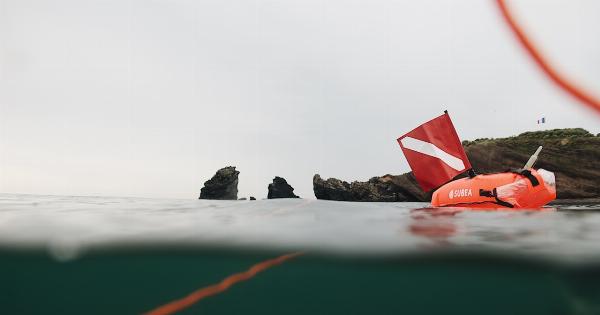Drowning is a serious and potentially life-threatening situation. Knowing how to save someone from drowning can be crucial in saving their life. In this comprehensive guide, we will cover the essential steps to take when faced with such an emergency.
It is important to remember that acting quickly and calmly is key to a successful rescue.
1. Assess the Situation
The first step in saving someone from drowning is to assess the situation. Take a moment to evaluate the surroundings and determine the best course of action.
If you are not a confident swimmer or lack the necessary knowledge and skills, it is crucial to call for professional help immediately. Dial the emergency number in your country and provide clear information about the situation.
2. Ensure Your Safety First
Rescuing a drowning person can be dangerous, as they might panic and inadvertently harm you. Before attempting a rescue, make sure that you are adequately prepared and ensure your personal safety.
Avoid putting yourself at risk if you don’t have the necessary skills or equipment.
3. Shout for Help
When you have assessed the situation and determined that it is safe for you to proceed with the rescue, shout for help. Alert anyone nearby so that they can assist you in the process. Having additional help can make the rescue safer and more effective.
4. Reach or Throw, Don’t Go
Remember the mantra “Reach or throw, don’t go” when it comes to rescuing someone from drowning. Going into the water without the proper training and equipment can put both the victim and the rescuer in danger.
Instead, find a long object such as a pole, rope, or branch that can be used to reach the person in distress. If reaching out to the person is not possible, throw them something they can hold onto, such as a lifebuoy or an inflatable device.
5. Call for Professional Help
Even if you have successfully reached the person or thrown them a flotation device, it is still crucial to call for professional help. Emergency services have trained personnel and specialized equipment that can provide further assistance.
Inform them about the current situation and the steps you have taken so far for the rescue.
6. Provide Reassurance and Traction
While waiting for professional help to arrive, it is vital to reassure the drowning person and keep them above water as much as possible.
If you managed to reach them, instruct them to hold on to the object you provided or, if they are able, encourage them to hold onto your arm. This will help keep their head above water and prevent them from further panicking or swallowing water.
7. Assess the Person’s Breathing
Once the person is out of immediate danger and you have provided reassurance, check their breathing. If they are not breathing or are having difficulty breathing, start CPR (Cardiopulmonary Resuscitation) if you are trained to do so.
Performing CPR can help maintain blood flow and oxygen to the vital organs until professional medical help arrives.
8. Avoid Aggressive Techniques
When conducting a rescue, it is crucial to avoid aggressive techniques such as forcefully lifting the person or swimming them to safety. These methods can cause harm or injury, especially if the person is struggling or in a panicked state.
Focus on supporting and reassuring them until professional help arrives.
9. Stay Calm and Supportive
Throughout the entire rescue process, it is important to remain calm, supportive, and reassuring. Panic can quickly escalate the situation and endanger both the victim and the rescuer.
Provide clear instructions and encourage the person to remain as calm as possible while waiting for professional help to arrive.
10. Debrief and Seek Proper Support
Once the person has been safely rescued, it is essential to debrief yourself and seek support if needed.
Rescuing someone from drowning can be a traumatic experience, and it is important to process your emotions and thoughts with a trusted friend or professional. Taking care of your own mental well-being after such an incident is crucial.































